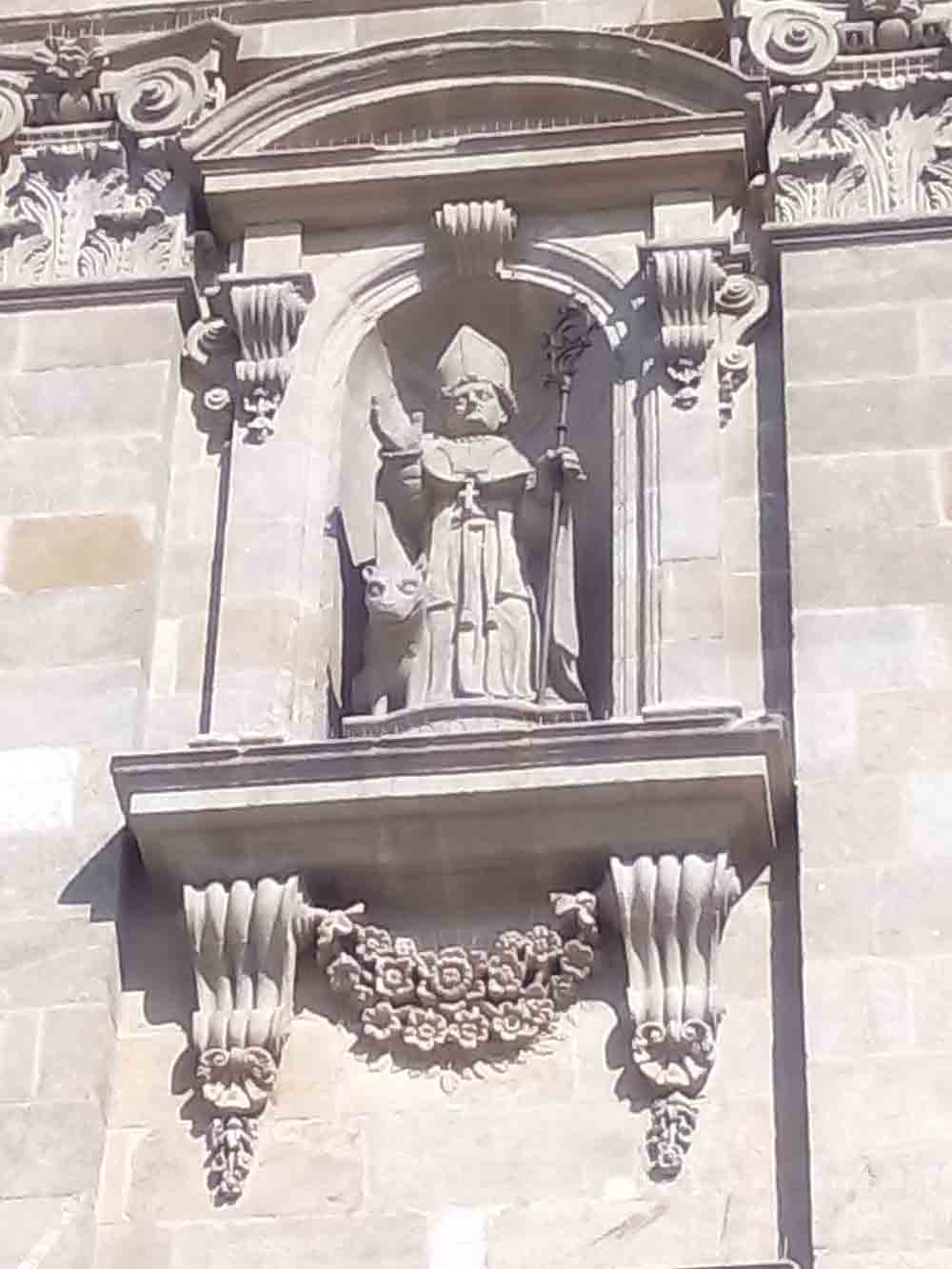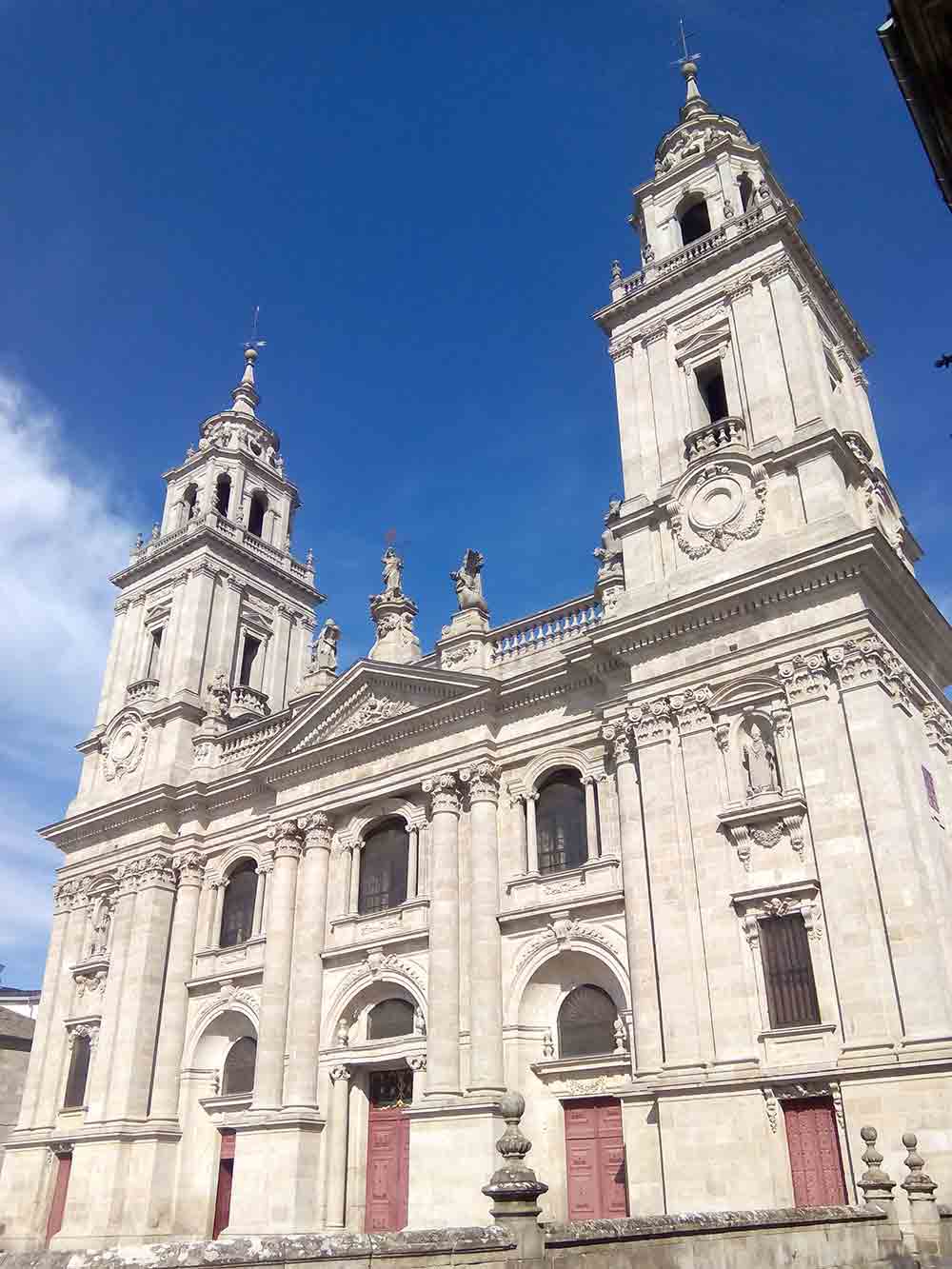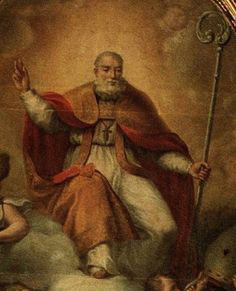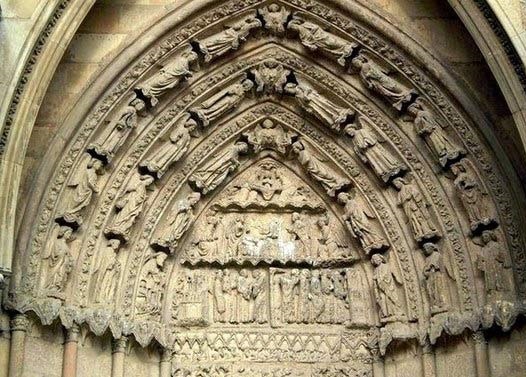
Biography of San Froilán, patron saint of Lugo and León
San Froilán, patron saint of Lugo and León
ne more year with the arrival of the month of October, we finalize the necessary arrangements to prepare our religious imagery shop for the celebration of San Froilán. Taking advantage of this year's festivities, we are going to delve into the figure of San Froilán, patron saint of Lugo and León . It should be noted that in the case of Saint Froilán, unlike the lives of many other Saints , Female Saints are fortunate to have a biography almost contemporary to Saint Froilán. It is believed that this document was written by the deacon Juan around 920, fifteen years after the death of San Froilán.
Saint Froilan. Youth, from student to hermit
San Froilán was born within the walled enclosure of the city of Lugo in the year 832. In his first years of training he received a profoundly religious education.
Upon reaching his majority, Saint Froilán begins to desire a spiritual life, one of union with God . This desire for recollection and prayer becomes greater until he decides to abandon his studies and his home to lead a life of prayer and solitude as a hermit.
He leaves Lugo and heads for the mountains of O Cebreiro and El Bierzo.  It is fundamentally dedicated to prayer and approaching God. It is at this time that one of the events that will define the image that we have today of Saint Froilán (normally the Saint is represented with the figure of a wolf next to his right leg ) happens: Saint Froilán being totally absorbed in his prayer, a hungry wolf desperately looking for something to eat found the Saint and his donkey. The wolf attacked the donkey and ate it. When the Saint realized what was happening, he stared at the wolf. Such was the affection and love of Saint Froilán's gaze that the wolf lost his fear of man and fire, and from that moment he helped the Saint.
It is fundamentally dedicated to prayer and approaching God. It is at this time that one of the events that will define the image that we have today of Saint Froilán (normally the Saint is represented with the figure of a wolf next to his right leg ) happens: Saint Froilán being totally absorbed in his prayer, a hungry wolf desperately looking for something to eat found the Saint and his donkey. The wolf attacked the donkey and ate it. When the Saint realized what was happening, he stared at the wolf. Such was the affection and love of Saint Froilán's gaze that the wolf lost his fear of man and fire, and from that moment he helped the Saint.
Despite the desire for solitude that the Saint had, he also dedicates part of his time to evangelizing the towns of the area. In the words of Deacon Juan, “ from his mouth emanated the wonders of the Lord ”. His great ability for the humblest to understand the Gospels, and the increasing number of people who gather to listen to his teachings, makes him consider the need to abandon his hermit life and dedicate all his time to evangelization for the greater glory of God. .
To make his decision right, San Froilán decides to put his destiny in God's hands. He will undergo a litmus test in which the Lord will decide which is the best way to serve him: as a hermit or as an evangelist.
If God suspended the laws of nature, Saint Froilán would abandon the life of a hermit. The Saint introduces some burning embers into his mouth and does not suffer any damage . San Froilán interprets this event as a divided sign, he must dedicate his life to teaching the word of the Lord.
San Froilán, meeting with San Atilano and Alfonso III
After making the decision to abandon the contemplative life, San Froilán travels through numerous towns in Lugo , León, Zamora, Asturias and Cantabria.
In one of these trips, San Froilán meets Atilano de Tarazona, he who will be San Atilano , a fundamental figure in the life of the Saint. Both establish a great friendship that will last until his death. They decide to continue with the evangelizing work taking as a starting point Mount Cucurrino (today known as Mount Corueño) where they founded a Monastery. In this place they will live and carry out their work for the greater glory of God, San Froilán with the facility of speech that the Lord had endowed him, and San Atilano, with the vast knowledge acquired in the years of his training as a priest.
 Such was the fame that they achieved that the number of people who went to listen to them did not stop increasing. More and more faithful were amazed at the words of San Froilán and San Atilano. Words full of humility and love for God.
Such was the fame that they achieved that the number of people who went to listen to them did not stop increasing. More and more faithful were amazed at the words of San Froilán and San Atilano. Words full of humility and love for God.
News of the piety of San Atilano and San Froilán spread throughout the Asturian kingdom until it reached the ears of King Alfonso III of Asturias. The monarch, amazed by the stories that his subjects told him, decided to call the two friends whom so many people were going to hear preach to his Court of Oviedo. Deacon Juan describes this fact in the following way: “his fame and his prestige now spread throughout Hispania and, although late, they also reach King Alfonso (III) , who ruled the kingdom of the Goths in Oviedo, hurrying to send messengers to to come to his presence as soon as possible."
San Froilán and San Atilano arrived in Oviedo and met with Alfonso III. The king, amazed at the two Saints, granted them great powers and offered to pay for the construction of several monasteries on the banks of the Duero River for which Saint Froilán and Saint Atilano would be responsible.
In the first place they founded the Monastery of Tábara , which was duplex, it housed monks and nuns, although the religious did not mix with the nuns, leading totally separate lives. San Froilán was the abbot of the monastery, and Atilano the prior. A short time later they founded another Monastery in Moreruela de Tábara, although this location is only defended by some historians, others believe that the monastery was built in another place. According to deacon Juan "He built the monastery of Tábara, where he gathered six hundred servants of God, of both sexes" and " Later he looked for another site near the river Esla, in a pleasant and high place (amenum et altum), where he built another monastery to which led and constituted under regular discipline two hundred other monks.
With the foundation of the monasteries, San Froilán and San Atilano did a fundamental job in the reconquest and repopulation of those lands that in previous years had been under Muslim occupation.
San Froilán, Bishop of León
In the year 900 there is a new change in the life of San Froilán. It is in this year when Bishop Vicente de León dies. Given this fact, King Alfonso III asks San Froilán to occupy the position of bishop. In addition, among the most humble people, the same ones who had faithfully listened to the words of Saint Froilán, manifest themselves for days so that the Saint accepts the new position as head of the Church of León.
 At first, San Froilán, who is already 68 years old, decides not to accept the position since he considers himself unworthy of such a position. Despite being a tireless evangelizer, he had not been ordained a priest, unlike Saint Atilano.
At first, San Froilán, who is already 68 years old, decides not to accept the position since he considers himself unworthy of such a position. Despite being a tireless evangelizer, he had not been ordained a priest, unlike Saint Atilano.
San Froilán in his great humility says he does not feel authorized to exercise the position of Bishop. Finally, given the repeated demands he receives from the king and from all strata of society, he decides to accept the position of Bishop of León.
At that same moment, the position of Bishop of Zamora was also granted to his companion San Atilano. After ordaining San Froilán a priest, both are invested Bishops in the city of León, in the church of Sta. María de Regla on the day of Pentecost, May 19, 900.
San Froilán will only be Bishop for 5 years. He died in the city of León in the year 905 after having dedicated his entire life to evangelizing the lands of Lugo, his homeland, and Zamora and León, his adoptive land.
The death of San Froilán is a fact of great significance among the people of Lugo and León. In many localities, the Bishop who had just died is beginning to be honored as if he were a Saint. The exact date on which Saint Froilán began to be worshiped on altars is not known, but we do know that it was Pope Urban II who officially canonized him.
The remains of San Froilán would rest in the sepulcher that King Alfonso III himself, eternally grateful for the work that the Saint had carried out, built for him in the Cathedral of Santa María y San Cipriano de León.
San Froilán, Saint and patron saint of Lugo and León
After his death "in the odor of sanctity", devotion to Saint Froilán continues to grow throughout the lands of Lugo, León, Zamora, Asturias and Cantabria. While his remains rested in the Cathedral of León, the inhabitants of these lands keep in memory the words and deeds of the Saint.
The body of the Saint rested in León until the end of the 10th century. It was in the last years of the century, before the continuous incursions of Almanzor, the people of Leon decided to take the remains of the Saint to a safer place, further away from the Muslim armies. 
“The Leonese were frightened by this war: and having lost hope of being able to maintain their city if Almanzor returned the following year, they began to place the holy bodies and the Kings in security. The sacred relics of the Mártyr San Pelayo were then taken to Oviedo, and those of San Froylán were transferred, not to the mountains of Navarra, as some authors write, deceived by the words of the Pyrenees and Valdecésar, which our ancients use, but to one of the mountains of León, on which the Monastery of San Juan de Valdecésar was founded" . Father Manuel Risco, in Historia de León.
It is decided to transfer the body to the Valdecésar Monastery, in the Curueño mountains. In this place the remains of San Froilán remained for more than a century.
At the end of the 11th century, the remains of San Froilán are transferred again. On this occasion they travel to the Moreruela Monastery , in Zamora. The monks wanted to guard the body of their founder. This transfer supposes a confrontation between the monks of the Monastery of Moreruela and the inhabitants and ecclesiastical representatives of the city of León . Both parties professed enormous love for the Saint and desire his remains.
This confrontation leads to the intervention of the Pope, who decides to distribute the relics equally between the Monastery and the city of León. The solution satisfies both parties and thus, at the end of the 12th century, some of the remains of San Froilán return to León again . In the year 1181 the agreed transfer is made, being D. Manrico the Bishop of León. The remains rest in a silver chest in the main altar of the Leonese cathedral.
The joy of this moment is summed up in a poem written by the priest Don Julio de Prado:
"Froilán was a flower in Lugo;
on the holy tree mount;
of apostle and pastor in León he had the laurel.
Beautiful lantern, beautiful light,
your singular light is an affront to the sun.
Repeat the bugle, post the voice,
that to the sound of Froilán, León celebrates".
In the year 1614 , almost 800 years after the birth of Saint in Lugo, the Lugo town hall asked the Pope for "a part or some relic of the body of the most holy patron" Saint Froilán. This request is approved and the Moreruela Monastery sends some relics of the Saint that are currently preserved in the Cathedral of Lugo in a reliquary in the shape of an arm.
Both the diocese of Lugo , the birthplace of San Froilán, and the diocese of León, where he carried out most of his ecclesiastical activity, celebrate the feast of San Froilán on October 5 in commemoration of the day of his death.